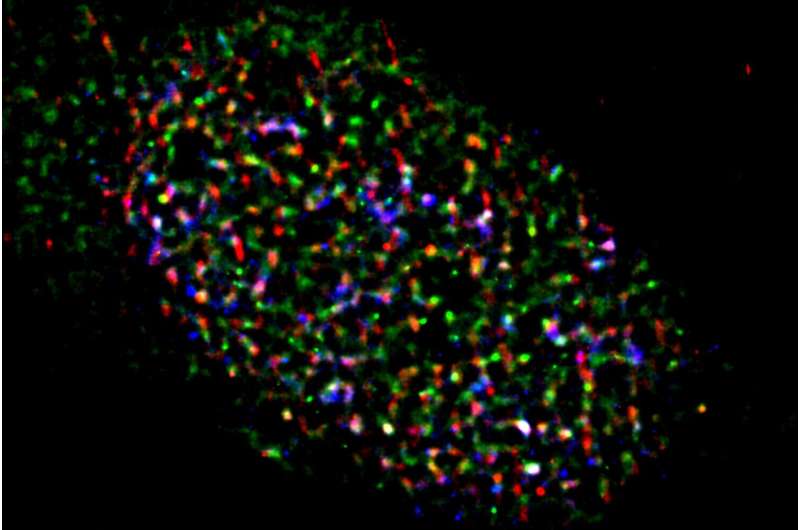
A new study from Nagoya University has unraveled a crucial link between how cancer cells cope with replication stress and the role of Taurine Upregulated Gene 1 (TUG1). By targeting TUG1 with a drug, the researchers were able to control brain tumor growth in mice, suggesting a potential strategy to combat aggressive brain tumors such as glioblastomas.
“These findings have the potential to be translated into therapeutic applications, as TUG1 is highly expressed in glioblastoma,” said lead researcher Professor Yutaka Suzuki. “In this study, we successfully developed a therapeutic drug named TUG1-DDS, which selectively targets TUG1.
“It significantly suppressed tumor growth and improved survival, especially when administered in combination with the standard treatment of temozolomide. Therefore, it is a potentially effective therapeutic agent for treating glioblastoma.”
To understand how TUG1 could potentially treat the most dangerous forms of brain cancer, it is important to understand how cancer turns the usual processes of host cells against themselves to create an environment favorable to cancer cell growth. Even essential cell processes, such as replication, are used to the cancer’s advantage.
When a cell divides, it replicates its DNA, so that both cells have a full complement of hereditary information. The double-stranded DNA is unwound and separated into two single strands that each serve as a template for creating two identical copies by combining with RNA. A DNA:RNA hybrid structure called an R-loop helps unwind the DNA and stabilizes it as it is unwound.
To improve the conditions for cancer cells, the invasive cells hinder the natural process of DNA replication. The cells induce replication stress (RS), which results in the DNA strands breaking and unpaired single strands of DNA increasing. The result is an instability in the genome that favors tumor growth.
Cancer cells have a tricky balancing act because the increased activity can potentially backfire. RS and R-loop accumulation can also cause cancer cell death. To regulate the genome, cancer cells turn to long noncoding RNAs (lncRNAs), which allow them to repair their own DNA damage and remove unwanted R-loops.
In the new study, led by Yutaka Kondo and Miho Suzuki at Nagoya University Graduate School of Medicine, the investigators identified the role of the lncRNA TUG1. They found that TUG1 suppresses the potentially harmful R-loops together with two proteins, DHX9 and RPA32. Taken together, the TUG1-RPA-DHX9 interaction is an indispensable mechanism for regulating R-loops in regions that are known to be susceptible to DNA damage and mutations. Their findings are published in Nature Communications.
Kondo and Suzuki also found that TUG1 was rapidly up-regulated in response to RS. When they reduced TUG1 expression in cancer cells, they found severe DNA damage and cell death. “It was exciting to see the rapid increase in expression of TUG1 in response to replication stress,” said Dr. Suzuki.
“Normally, it takes several hours or more for proteins to increase in response to stimuli, but RNA can be synthesized rapidly. That TUG1, an RNA molecule, increases immediately in response to replication stress indicates that it is necessary to respond quickly to critical situations,” she said.
These findings offer hope for the development of treatment for other cancers. As Dr. Kondo explains, “TUG1 inhibitors have also been found to be effective in other types of cancer, such as pancreatic cancer and ovarian cancer. Therefore, our novel treatment, TUG1-DDS, could also be effective in other cancer types with expression of TUG1.”
More information:
Miho M. Suzuki et al, TUG1-mediated R-loop resolution at microsatellite loci as a prerequisite for cancer cell proliferation, Nature Communications (2023). DOI: 10.1038/s41467-023-40243-8
Journal information:
Nature Communications
Source: Read Full Article
